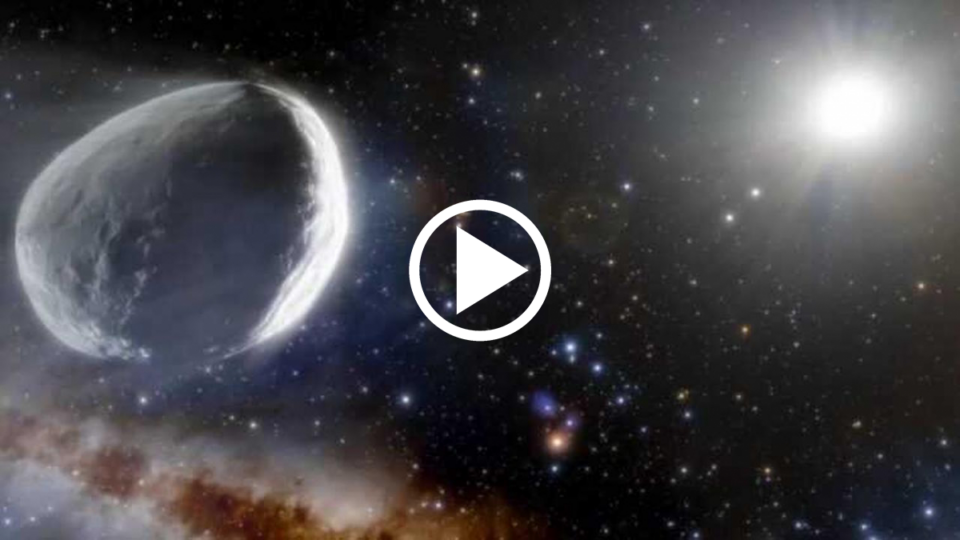Astronomers have discovered a giant comet 1,000 times the size of ordinary comets. It is also the largest comet ever discovered in modern history.
This object identified as a comet on June 23 is called Comet C / 2014 UN271 or Bernardinelli-Bernstein after it was discovered by Pedro Bernardinelli, a graduate student at the University of Pennsylvania and astronomer Gary Bernstein.
Astronomers estimate that this comet has a diameter of 100 to 200 km, 10 times larger than a regular comet. This estimate is rough because the comet is still too far from Earth and its size is calculated based on the level of radiation from the Sun. Comet Bernardinelli-Bernstein will come closest to Earth in 2031, but this distance is still far enough away to pose a threat to our planet.
“We have discovered the largest comet ever observed, or at least larger than any comet observed before,” astronomer Bernstein said in a statement released by the National Optical Infrared Astronomy Research Laboratory (NOIRLab) launched on June 25.
Comet Bernardinelli-Bernstein is at a distance equivalent to Uranus’ distance from the Sun, about 20 astronomical units (AU) (1 AU is equivalent to the distance from Earth to the Sun, about 150 million kilometers).
When the comet approaches Earth in 2031, it will remain at a distance of up to 11 AU, slightly more than the distance of Saturn’s average orbit from the Sun. Therefore, amateur sky watchers still have to use very large telescopes to observe it.
What makes Comet Bernardinelli-Bernstein so special outside of its size is that it hasn’t entered the solar system for 3 million years. This comet was originally located 40,000 AU from our Sun in the Oort Cloud, a vast remote region of the universe believed to contain billions of comets.
Studying the comet will not only help us better understand how this massive object formed and evolved, but it also reveals the beginnings of the history of massive planetary movements in the solar system.
“Astronomers believe there may still be more comets of this size to be detected in the Oort Cloud which lies well beyond Pluto and the Kuiper Belt. These massive comets are scattered in parts. distant from the solar system due to the movement of Jupiter, Saturn, Uranus and Neptune at the start of its formation, ”the United States National Science Foundation said.


